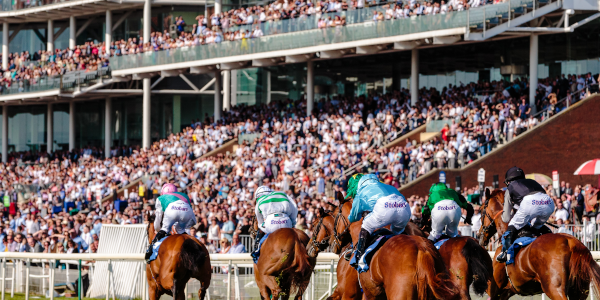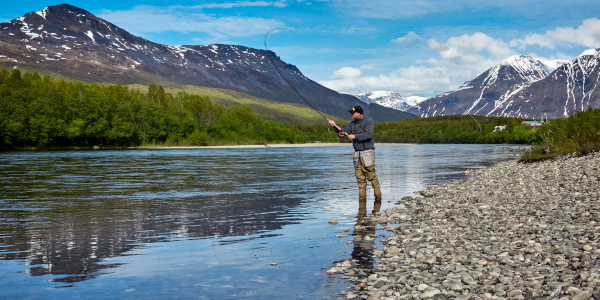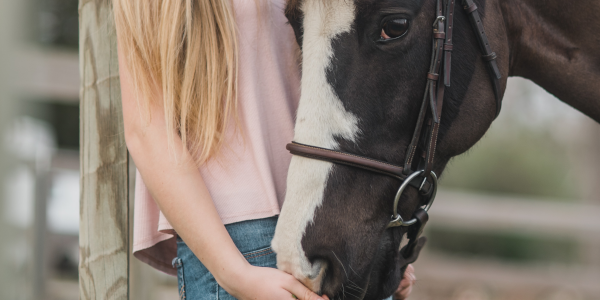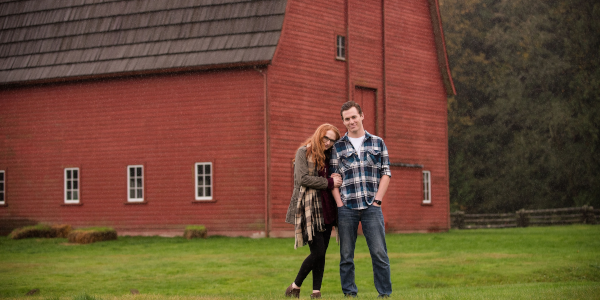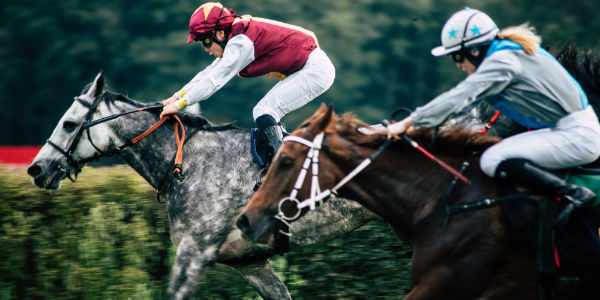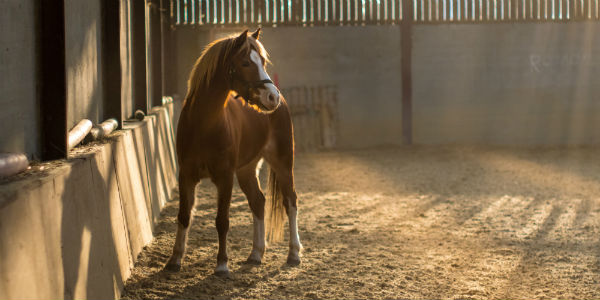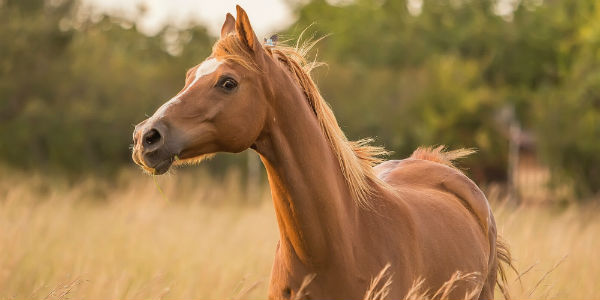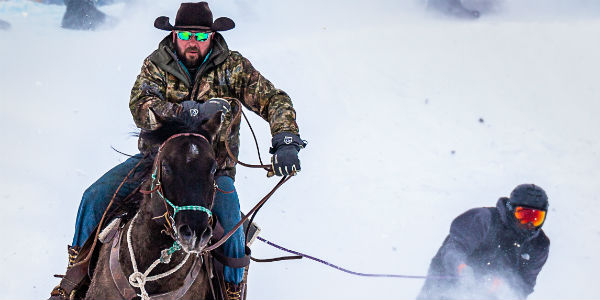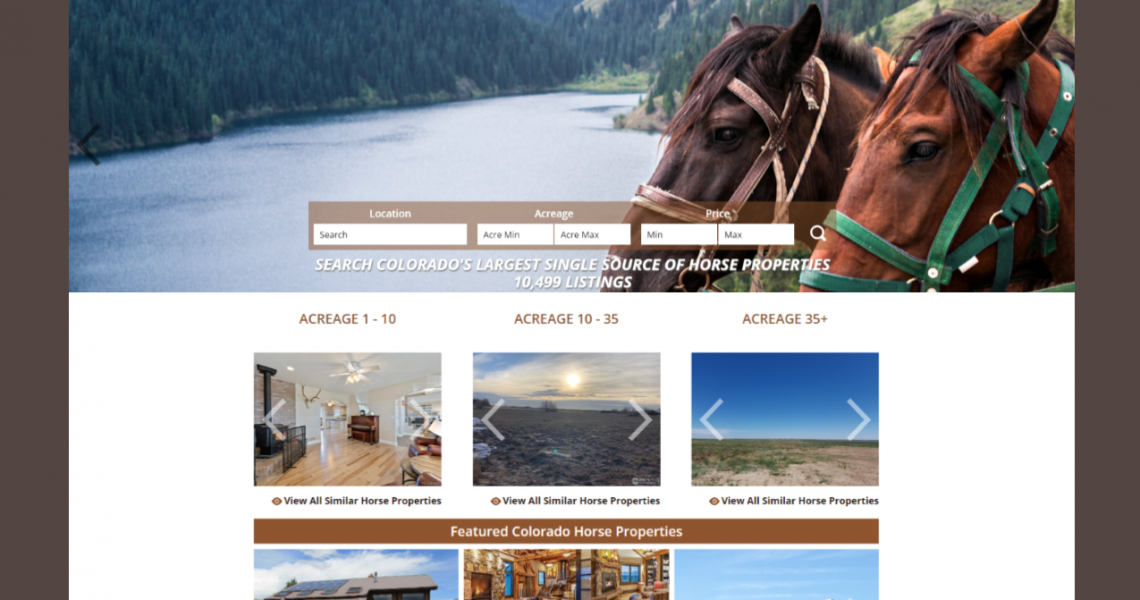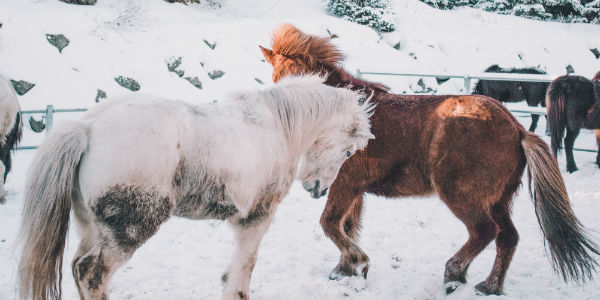Horse racing has a long and distinguished history and has been practiced in civilizations across the world since ancient times. Archaeological records indicate that horse racing occurred in Ancient Greece, Ancient Rome, Babylon, Syria, and Egypt. This sport has been around for a long time and though many tracks have closed since their heyday the industry is stronger than ever. In fact, the sport is worth around $100 billion dollars. Also, the horse racing industry employs around 1.5 million people. There are approximately 10 million horses in the US that contribute to the racing industry. Despite this, betting on horses is legal in 22 states. Another fun fact is that 60% of horse betting is now done on mobile phones. If you are looking to buy a horse property in Colorado, contact Colorado Horse Property today and speak to one of our horse-person realtors.
Arapahoe Park
Colorado was once home to many horse racing facilities, like Centennial Park and Memorial Park. Today the Arapahoe Park racing track is the premiere Colorado horse racing track. Arapahoe Park is a horse-racing track in Arapahoe County, Colorado on the outskirts of Aurora, owned and operated by Twin River Worldwide Holdings. Located at 26000 East Quincy Avenue, Arapahoe Park hosts Thoroughbred, Quarter Horse, Paint Horse and Arabian horse racing. Check out our posts on popular horse breeds for more information about these types of horses.
The racing season generally begins in mid-May and continues through the late spring into the summer, wrapping up in mid-August. The track is home to the Mile High Futurity and the Mile High Derby, both quarter horse stakes races with final purses of over $100,000. For Thoroughbreds, the meet’s marque race is the Gold Rush Futurity, a 2 year old stakes race going six furlongs for $100,000 in purse monies. Arapahoe Park also hosts four graded stakes races, all for Arabian horses. For more information, check out the Arapahoe Park website.
